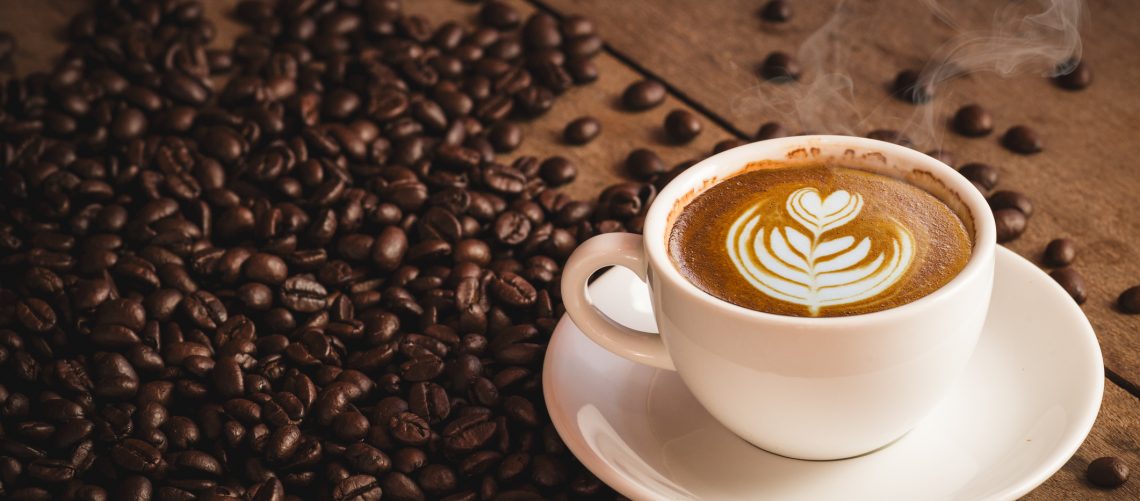Although there are hundreds of different coffee varieties out there, you’ve probably only ever heard of a couple of them – Arabica and Robusta. Between them, they make up nearly 95% of the world’s commercial coffee production – but what actually is the difference between the two of them, and how does it affect the coffee you drink?
Key differences
(or rather, the only real differences that you need concern yourself about without getting too sciencey and boring)
Nature vs. Nurture – Growing Conditions
The first of the two varieties (Arabica) is a much more fragile plant, and just like us Brits on holiday, it needs just the right balance of sun and shade to flourish. That’s why Arabica plants are general found higher up the hillsides where the air is cooler and pests & disease are less widespread – favouring subtropical climates with lots of moisture, rich soil and shade.
Robusta, on the other hand, is a much tougher plant – more disease resistant, less susceptible to over-exposure, and with a much more consistent and reliable yield than it’s uphill brother. Because of this, they can be grown at lower altitudes and require much less husbandry than the Arabica plant.
Taste & Flavour – Which comes out on top?
Now, the difference in growing conditions may not seem like much, but it has a huge impact on taste & flavour which (when it comes to coffee) is pretty damn important.
Because Arabica is naturally more mild and aromatic than Robusta, the characteristics it inherits from its growing environment become more accentuated, meaning that Arabica coffee has a much, much wider range of flavours and aromas than Robusta – ranging from sharp, citrussy tang to sweet, fruity, floral softness.
Robusta, grown at lower altitudes, has around double the amount of caffeine and only half the amount of sugar – meaning that you get more bitter, less sweet taste than Arabica. Flavour notes associated with Robusta are normal along the lines of burnt, bitter, or ‘grain–like’ – with the unroasted bean often being described as nutty or malty.
Because of these characteristics, Arabicas are usually seen as a much more sought after bean, with its natural sweetness and range winning over Robusta’s classically dark, burnt and smoky reputation. But is this always the case?
The Revival of Robusta
Now, there’s nothing that beats a top quality Arabica. We know it, your local coffee shop barista knows it – heck, even the guy that does the office coffee order knows it. But that’s not to say Robusta = Rubbish. There are some fantastic producers out there creating fantastic, beautiful coffees – all it takes is a bit more care, and a lot more effort than you’d usually find in Robusta cultivation.
Take our Indian Robusta for example – much like most Arabicas, this Robusta is shade-grown, hand picked and (most importantly) fully washed and sun-dried; something that you rarely see with normal Robustas. Because of this, the resulting coffee has a strong, smoky aroma and a depth and complexity seldom found in other Robustas.

